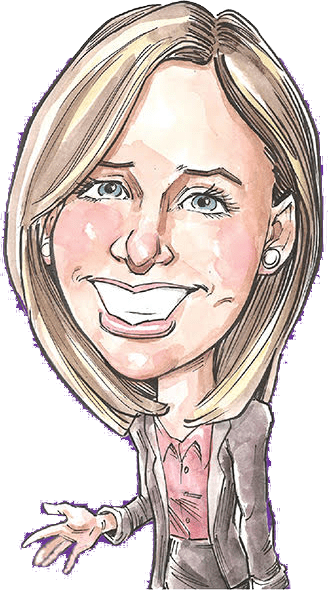Language Development Chart
What Are Receptive & Expressive Language?

Receptive Language
Receptive language refers to the process of comprehending language in your environment. Examples of receptive language are understanding words spoken by others or reading and understanding written text.

Expressive Language
Expressive language refers to the process of producing spoken or written communication, as well as gestures. Examples of expressive language are speaking, writing a message, or making a hand signal.
Age of Child
3 Months
Receptive Language
Expressive Language
6 Months
Receptive Language
Expressive Language
9 Months
Receptive Language
Expressive Language
12 Months
Receptive Language
Expressive Language
15 Months
Receptive Language
Expressive Language
18 Months
Receptive Language
Expressive Language
24 Months
Receptive Language
Expressive Language
30 Months
Receptive Language
Expressive Language
36 Months
Receptive Language
Expressive Language


